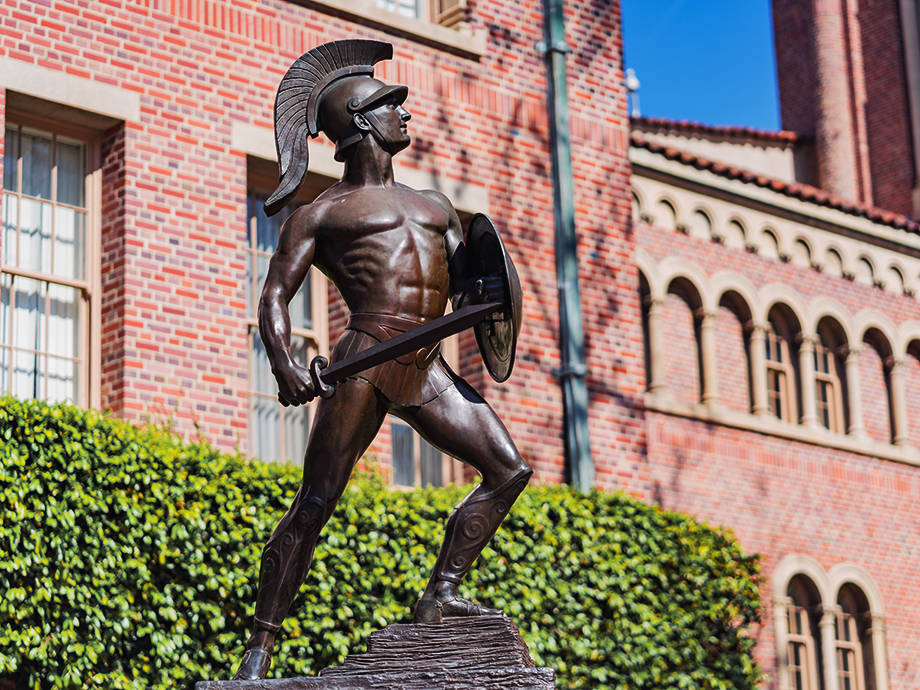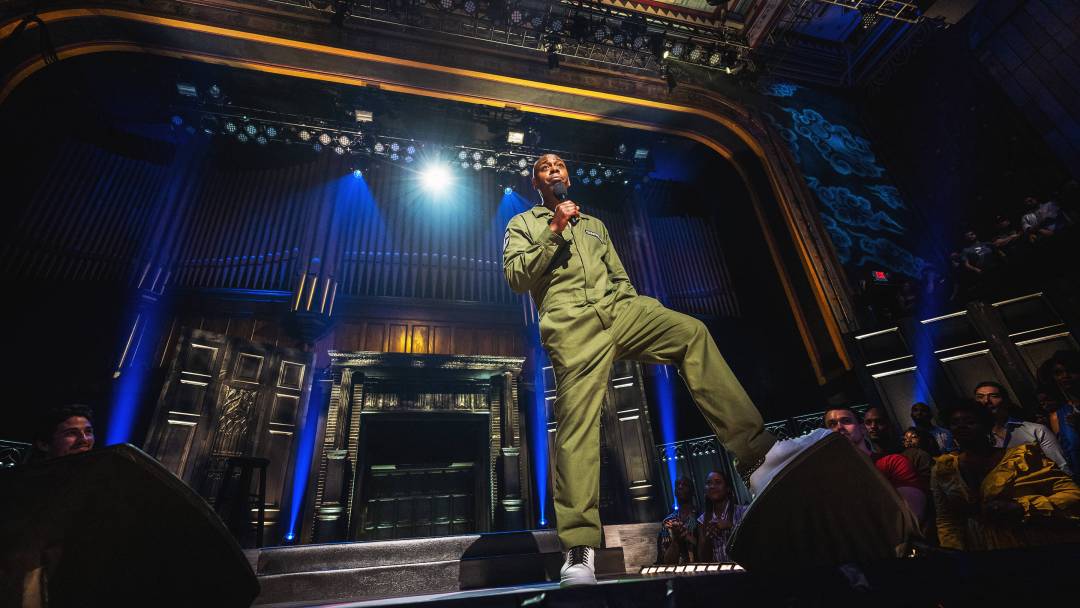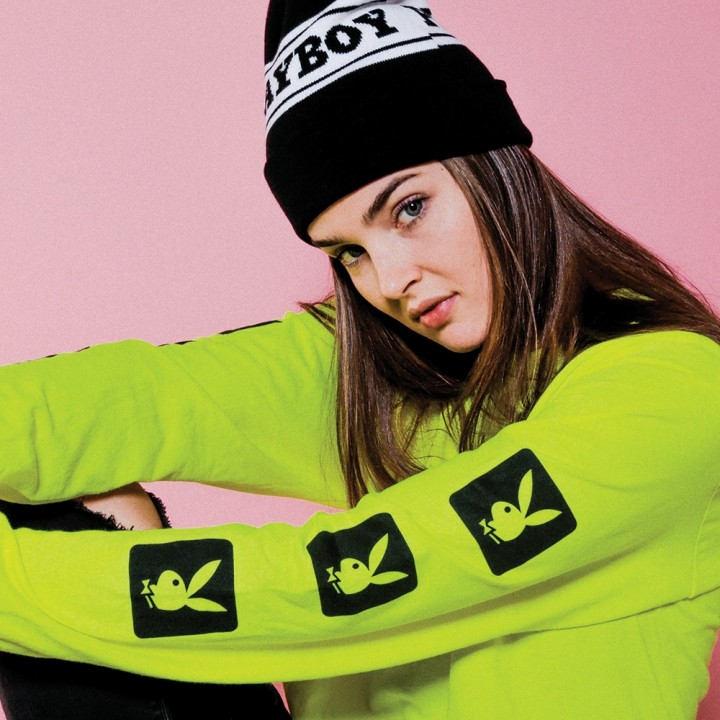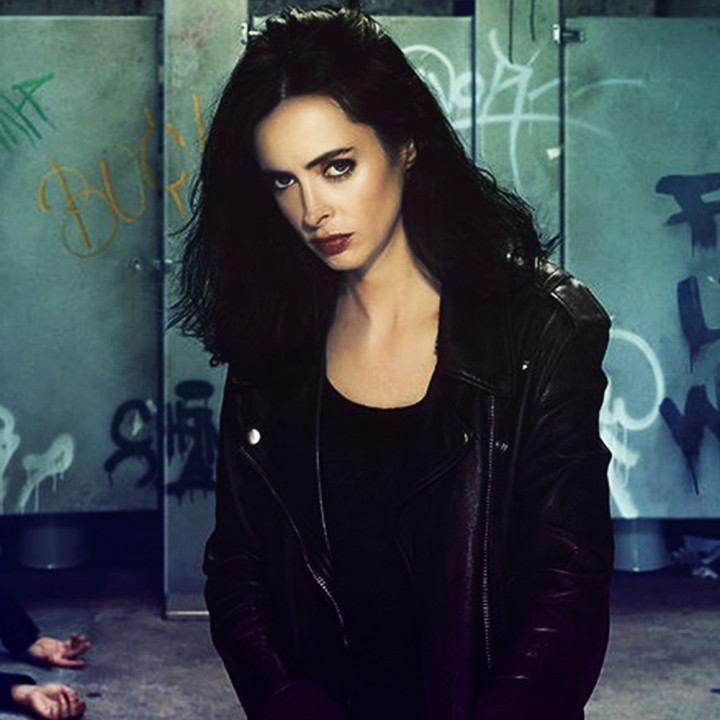
How CNN Town Halls Have Kept Their Relevancy
For many voters, this is the first time they will see some candidates
Washington, D.C., is talking about Pete Buttigieg after his CNN Town Hall at the South by Southwest festival. He’s not all they are talking about, but they are talking about him and they are doing so in their own language. Trading terms like “positioned” and “performance,” which mean different things in Washington than they do in the rest of the nation.
Obama’s campaign strategist and revered political brain David Axelrod tweeted, “I have rarely seen a candidate make better use of a televised Town Hall” than Buttigieg. The presidential race in its infancy is not about policies as much as it is about getting the candidates in front of voters. It’s the reason that Biden is leading in the polls despite an absence of policy or even a declared campaign. He has been in front of American voters for decades, and he spent two terms in front of American voters who helped elect him vice-president.
And for lesser-known campaigns, the struggle to get in front of voters, to be taken seriously in Washington and by the political wizards, is helped by the CNN Town Hall. The network has afforded a Town Hall to almost every candidate, including 2020 villain Howard Schultz. Elizabeth Warren will walk the stage on Monday.
Kamala Harris’ event was seen by almost two million people. But for the larger campaigns, there is a risk. A gaffe in an early Town Hall could plague the campaign for weeks. For the smaller candidates, it’s simply that opportunity to get in front of voters—this is a phrase you hear a lot from those smaller campaigns. On the stage the candidate is like a model in an art class. He or she is beneath the lights, alone before the people who will paint him or her into something.
John Delaney’s campaign learned that he was getting a CNN Town Hall three weeks before the event. In the lead-up to the hour-long Town Hall they spent around 60 hours preparing. That includes everything from looking through the briefing book to going through possible questions. The candidate was comfortable with the moderator—he’d done Jake Tapper’s show previously and before they were on stage together, Tapper went into the green room and had a short conversation with Delaney. In the minutes before the Town Hall, the green room was emptied except for Delaney and his wife as he prepared for the biggest stage in his campaign.
In the age of social media, the CNN Town Halls are an equalizing event.
On the day of the Town Hall, there is very little formal preparation. Instead the candidate sits down with his team and talks through their big ideas. He has prepared for this and everything he will know on stage, he already knows that day.
For many voters, this is the first time they have seen the candidate. Delaney had a good showing, he did not seem to sweat and wore a dark blue suit with a sky blue tie and an American flag lapel pin. Buttigeig wore a white shirt with the sleeves rolled to expose his wrists and a blue tie. It was an unintentional nod to Obama, who wore the same outfit during his town hall appearances as president. An informal look, and Buttigieg—who has been branded by his campaign as the friendly Mayor Pete—capitalized on his Town Hall.
In the 24 hours after his appearance on the Austin, Texas stage, Buttigieg brought in an astounding $600,000 and that only intensified the conversation around the young candidate who Washington approved as authentic. The fundraising number is even more impressive when viewed in context: Buttigieg is from the Midwest, he was the mayor of South Bend, instead of the fundraising hotbed homes of the other candidates. Kirsten Gillibrand is from New York, Kamala Harris is from California, Elizabeth Warren is from Boston.
Mayor Pete found out that he would do a CNN Town Hall only ten days before the event. He spent far less time preparing the Town Hall and barely spoke with Tapper, they were in the make-up room together, and Buttigeig spent the moments before he walked on stage in the green room with his husband. Unlike some other candidates, he has no superstitious rituals and on the day of the Town Hall, Buttigeig had already participated in two other events, including a panel titled "The City Hall Blueprint For Running the Country." Around the nation, his supporters organized more 120 watch parties in 37 states. People crowded in living rooms and bars to see the young presidential hopeful.
Mayor Pete’s campaign champions him as the millennial candidate, it’s an identifying niche that they have carved and capitalized on. He’s only 37-years-old, and he’s a rare face on the cable stations. Instead, he’s done Pod Save America, which attracts an audience that skews younger and is undoubtedly more engaged with the political process than cable news watchers. It’s also an audience of loyal Democrats, which Buttigeig will need if he is to make it far in the primaries.
In the age of social media, the CNN Town Halls are an equalizing event. The same network, the same set of hosts and an audience that asks mostly the same questions. And maybe they’re more important than we think.
The University of Social Capital
This USC admission scandal is more than just a chance to sneer at the nouveau riche








